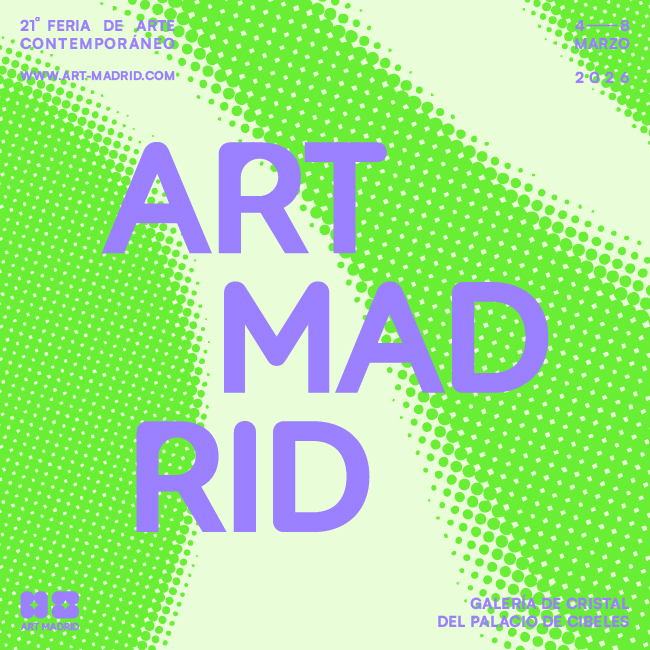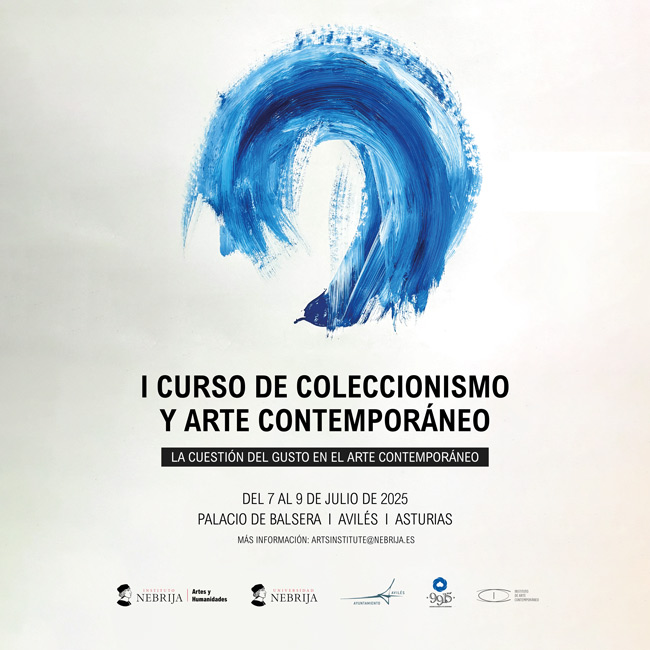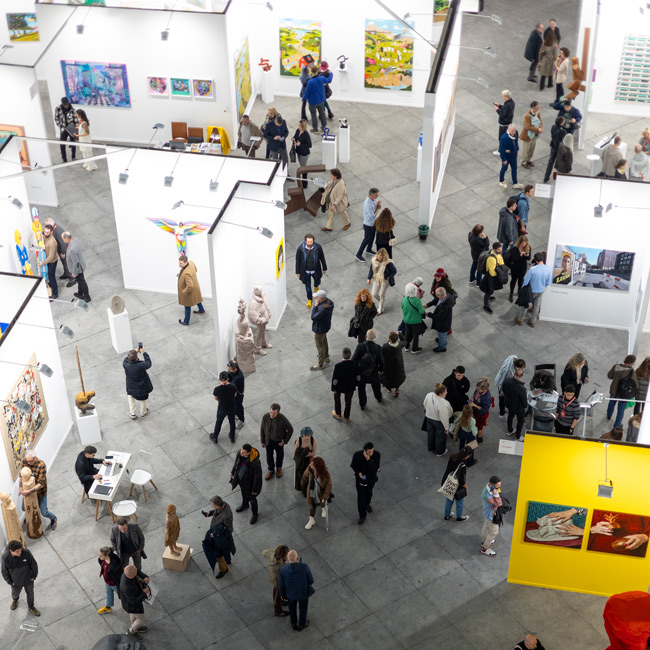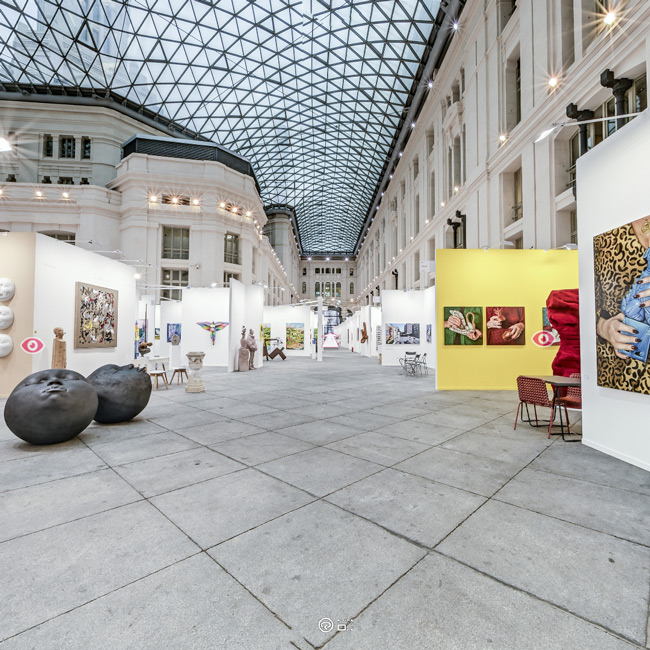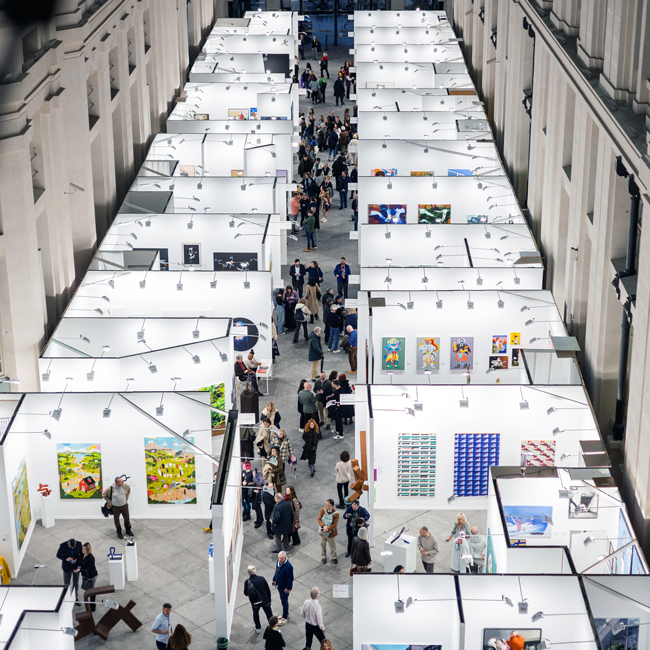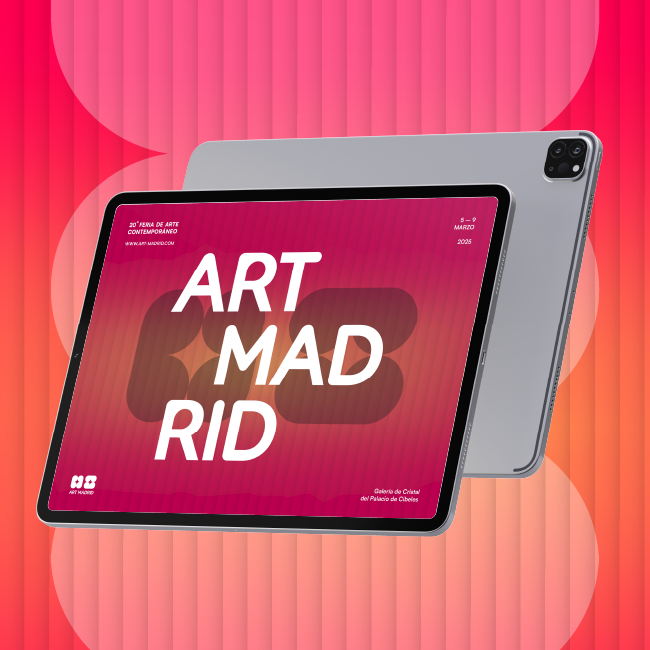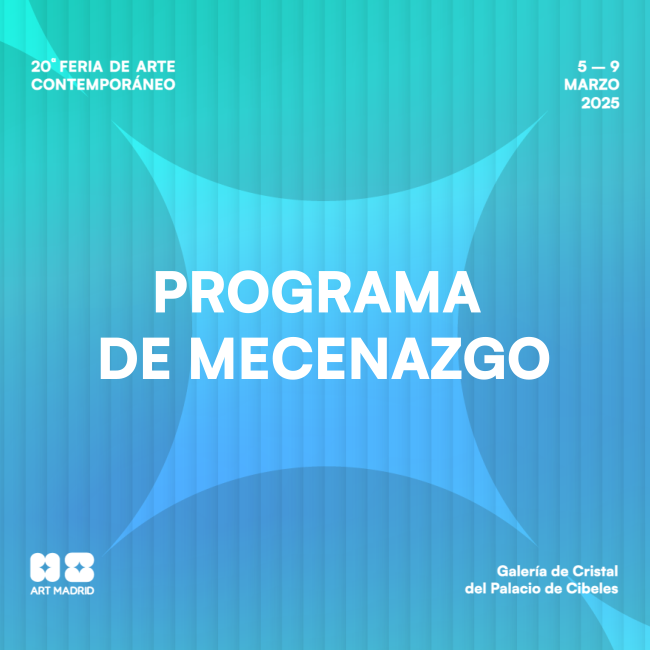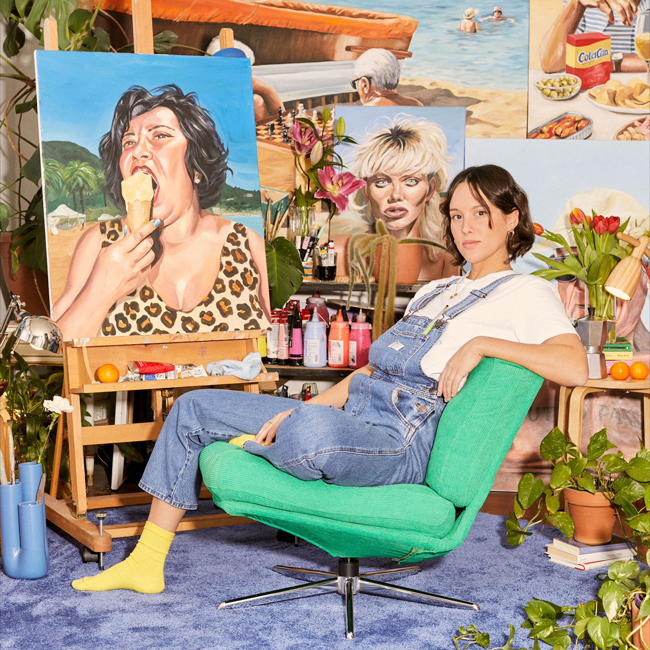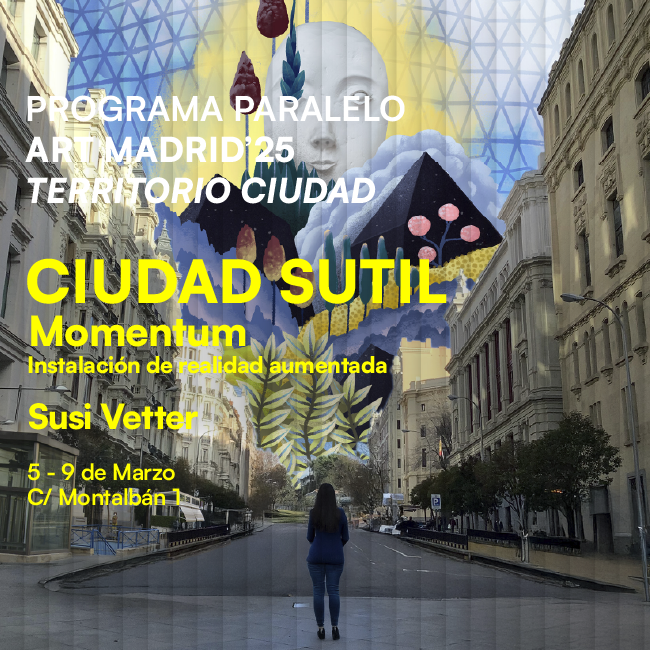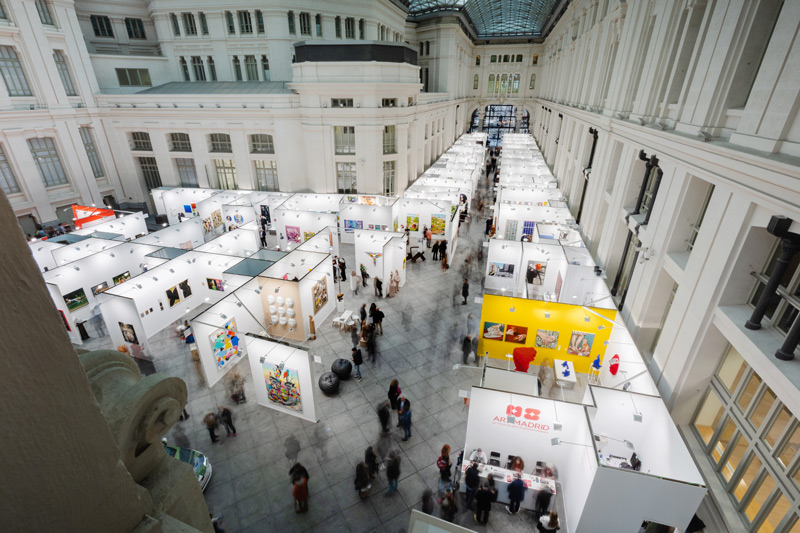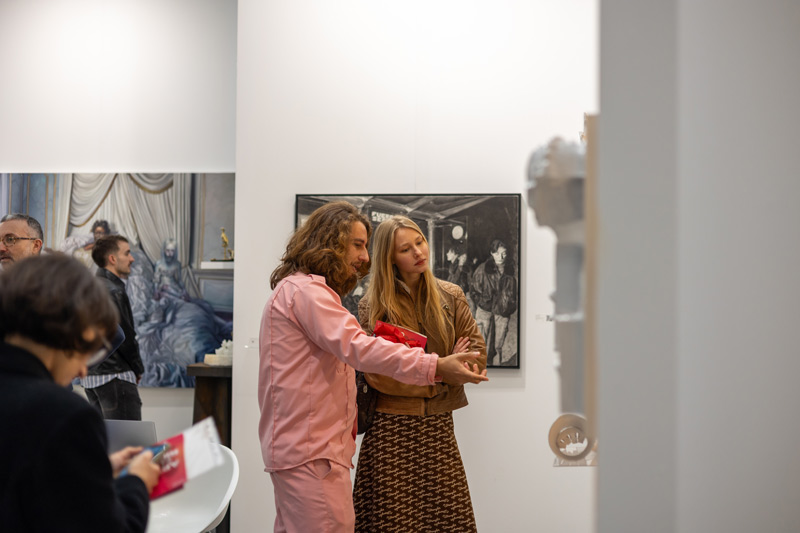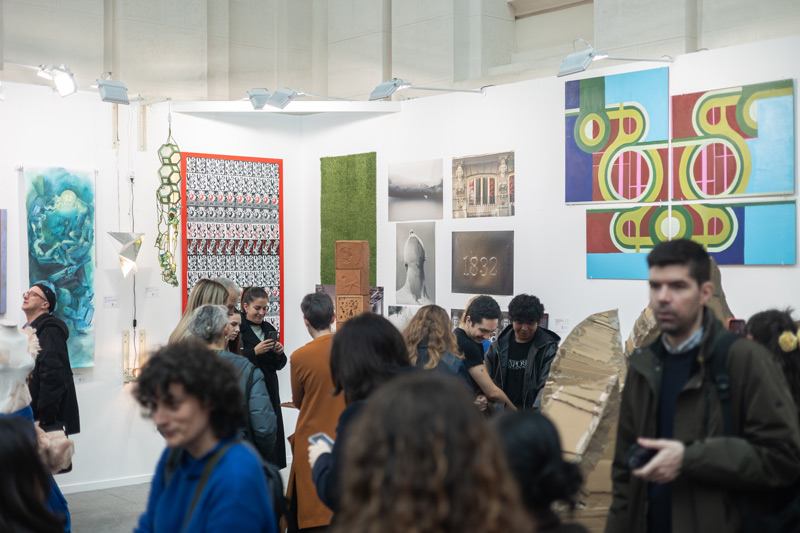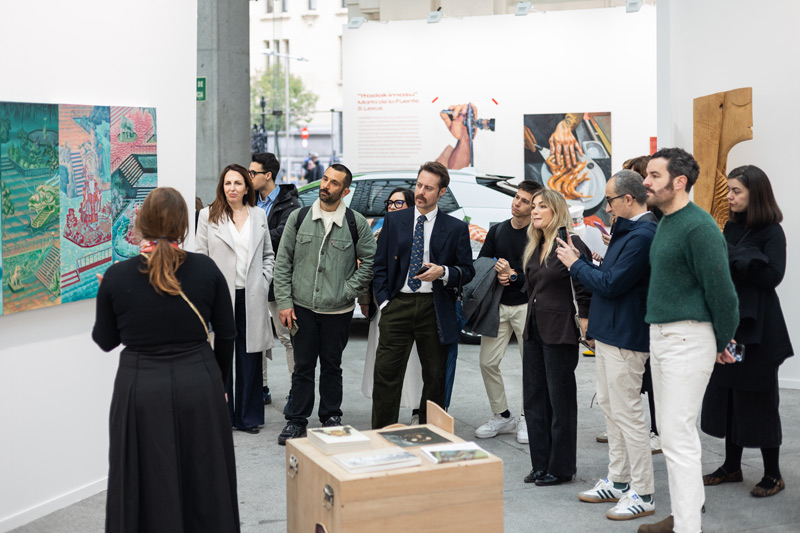“FROM FIX IMAGE TO NEW MEDIA”: THE ROUND TABLE WITH PROFESSIONALS IN ART MADRID’20
May 6, 2020
art madrid
The activities program that Art Madrid carries out every year always reserves space on the agenda to organise a meeting with professionals in the sector. The goal is to provide a vision more linked to institutional and work practice around the topic that linchpins the set of activities, and in this past edition we had the opportunity to focus on the evolution of the use of the image, video art and the entry on stage of technological art and new media. With these meetings, the renowned voices of curators, directors of creative centres, critics, academics or cultural agents opens up a forum for debate in which to overpass the plane of artistic production to focus on that of exhibition or presence by the exhibition spaces, what invites to reflect on how the process of institutionalization of contemporary art takes place.
Within the framework of the program on video art, new media and performance, the subjects that underpinned the proposal, we were fortunate to have the participation of Rafael Doctor, Karin Ohlenschläger and Berta Sichel in a round table conducted by Miguel Álvarez-Fernández. The professional background of these three curators, cultural agents and historians over the years adds to their experience in charge of departments or institutions of great prestige in the national territory. This allowed them to lead an encounter in which they shared their theoretical knowledge, but also contributed their vision from the management of art centres, identifying gaps and strengths of the system.
It is also remarkable that the most recent professional experience of the speakers has been linked to distant geographical areas within the country, which also offers a more enriching panorama, close to the cultural reality of the whole territory, on a northern-southern axis that portrays the socio-political circumstances to which the contemporary creation sector is sometimes subject.
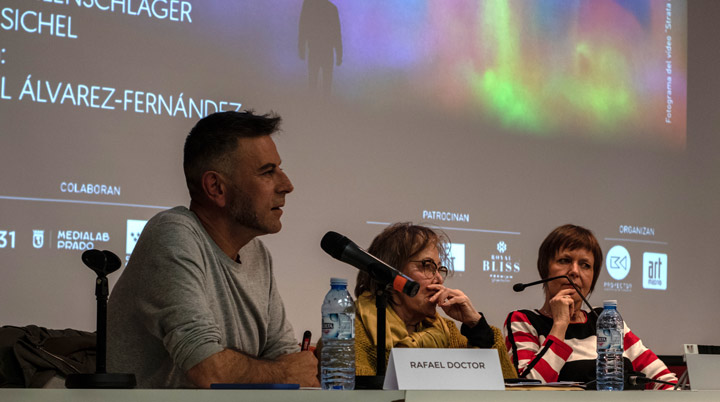
Rafael Doctor is a historian, independent curator and cultural manager, specialising in the History of Photography and contemporary art. In his role as director, he has been in charge of the Andalusian Photography Center (CAF) between 2017 and 2019, he directed the programming of Canal de Isabel II (1993-2000), the Espacio Uno of MNCARS (1997-2000) and the department of Plastic arts from Casa de América (2001), and was also the first director of MUSAC (2002-2009). Thanks to his long career, Rafael summarised the history of photography from its origins to get to deal with the moving image, a somewhat later discipline that, however, was in the pulse of creative interest since technology made it possible the capture of the image on fixed supports. The transition from a purely documentary interest to an artistic one occurred early, and all of them led to a series of creative movements that marked the great milestones of video art throughout the 20th century. Today we speak of this discipline as something new, when the novelty is the updating of technique and the easy access to the modes of creation, but not so much the creative impulse or the discursive concerns that underlie this type of work.
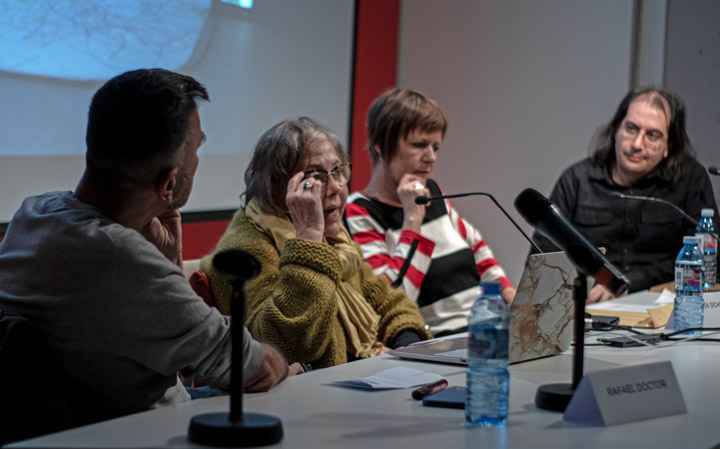
For her part, Berta Sichel, a cultural agent, curator and director of the Bureauphi Art Agency project, took advantage of her experience in charge of the audiovisual department of the Museo Nacional Centro de Arte Reina Sofía in its early years, to tell us how the museum built up its video art collection. Berta was responsible for curating the selection of pieces for the collection. She aimed to tackle a wide window of time that truly represents world video art, although this objective had to be reduced to adapt to the budgetary conditions that the museum was going through, which is why there is more presence of works in the first years of the movement (1960s) than later decades. During her speech, Berta emphasised one of the characteristics of the beginnings of video creation as a phenomenon: that it was art made mostly by women. The rise of traditional disciplines along with the trend of prevailing male roles in public artistic life as well as in the market made video art an accessible resource for the women authors, who approached their works many times from the seclusion of their own homes. This is also one of the reasons why video pieces very often have a denouncing component around gender issues and capture environments or realities more connected to family, domestic settings.
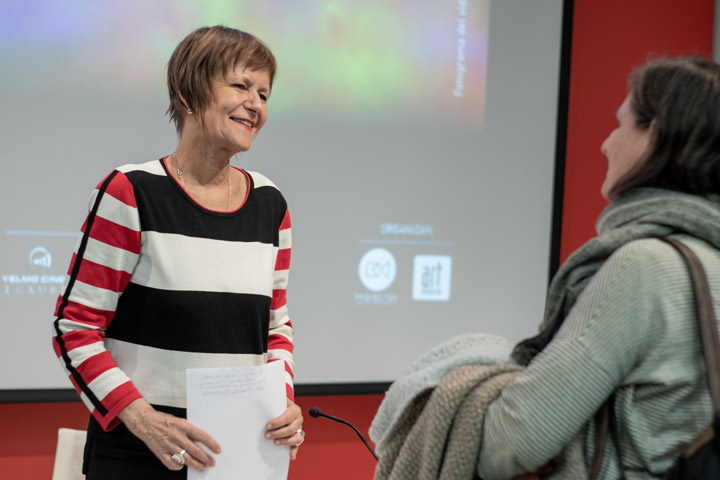
Karin Ohlenschläger is also a curator, critic and contemporary art theorist. From 2002 to 2006 she was co-director of the MediaLab Madrid program at the Conde Duque Cultural Center in Madrid, and has been in charge of numerous festivals and projects connected with new media and technology. Today she is the director of activities for the LABoral Center for Art and Industrial Creation, in Gijón, an exhibition space specifically dedicated to art, science, technology and the visual industries. Karin has specialised in action art, postmedia art and new transversal creation projects that merge languages, taking references from fields such as communications or science. Thanks to her experience in these years, she offered us an overview of the hybridization of art since the last decade of the 20th century, a period in which many processes initiated during the 70s-80s culminate and which originate collaboratively based creative processes that aspire to break the barriers between branches of knowledge (biotechnology, programming, artificial intelligence) to generate another form of knowledge, materialised in works of art. Today we have gone from the digitisation of creations to the materialisation of digital proposals. Karin's talk leaves a door open to the future of art to come, knowing that the paths to explore will be almost infinite.
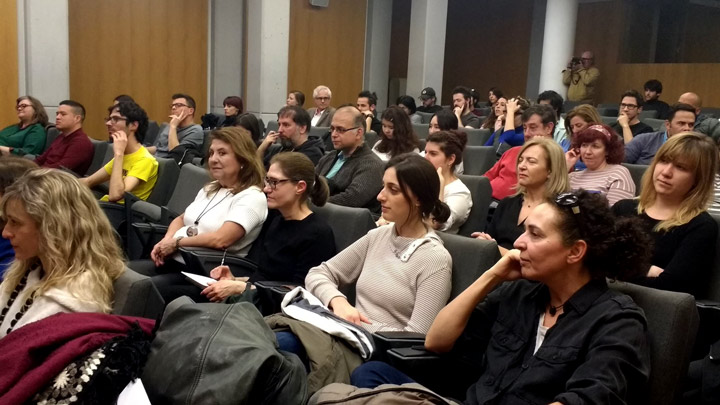
The conference was moderated by Miguel Álvarez-Fernández, a jurist, musician, music theorist, and composer, who, in addition to working as a curator and expert in sound art, has directed the radio weekly program Ars Sonora since 2008. Miguel's knowledge of the topic of debate and of the speakers facilitated an easy and friendly conversation in which many people in the audience wanted to participate during Question Time.
The round table took place in the auditorium of Sala Alcalá 31 on Thursday 20th of February. We want to thank the space for its support and, in particular, Antonio Sánchez Luengo for his excellent reception of the proposal to host part of the “Art Madrid-Proyector’20” program.

